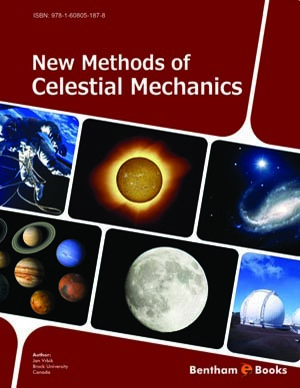Abstract
After having discussed the main bodies in the Solar System, we will review the search for life on planets and their satellites. The most promising candidate to find life is Mars. We review the search for water on Mars, why Mars had undergone drastic climate variations. It is also speculate whether life could exist in the atmosphere of Venus. Besides the planets, life could be also found on several satellites in the Solar System. For astrobiology the Jovian Satellites Europa and Callisto are interesting, probably also the two other Galilean satellites, Ganymede and Io. In the satellite system of Saturn we mention Titan, having a dense atmosphere mainly composed of nitrogen, and Enceladus, where water geysers were observed. The Cassini mission is described in detail. Finally, organic matter found on comets is discussed as well as organic compounds found in planetary disks around stars showing that organic material can be found almost everywhere in the Universe. The main message of this chapter is that in the Solar System the Earth is the only planet where life exists, however, it is still not answered whether life exists on Mars or Europa or even other bodies.




